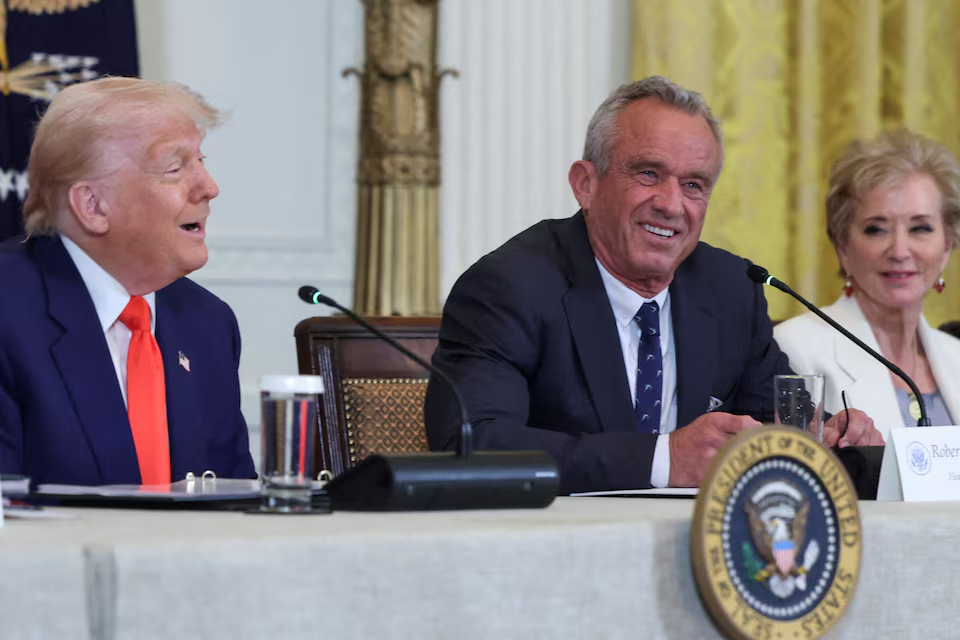U.S. Economy Posts Stronger Q2 Growth, but Clouds Gather Ahead
- 6 days ago
- 2 min read
25 September 2025

In a surprise twist Thursday the Commerce Department announced that the U.S. economy grew more robustly in the second quarter of 2025 than previously estimated. The final reading revised real GDP growth to an annualized 3.8 percent up from the earlier estimate of 3.3 percent.
This upward shift was driven largely by two factors: consumer spending and a pullback in imports. Spending rose across sectors including transportation, financial services, and insurance, pushing revised consumer outlays to a 2.5 percent annual rate. Meanwhile, imports fell, contributing positively to the net export side of GDP.
Businesses also played their role. Investment in intellectual property products notably artificial intelligence and software provided fuel for growth, suggesting that companies continue to allocate resources toward innovation despite broader uncertainties.
However the strong headline number conceals parts of the story that point to fragility ahead. The first quarter of 2025 was revised as well: GDP contraction was adjusted to 0.6 percent, slightly worse than the earlier 0.5 percent figure.
Gross Domestic Income (GDI), another way to view the economy from the income side, was also revised. Q2 GDI growth was lowered from 4.8 percent to 3.8 percent, while Q1 GDI was revised upward to 1.0 percent from 0.2 percent. The combined measure of GDP and GDI, known as gross domestic output (GDO), now shows growth of 3.8 percent in Q2.
Analysts remain cautious. They warn that import swings tied to trade policy distort the picture. In the first quarter many businesses rushed imports ahead of tariff implementation, suppressing GDP growth. The reversal of that effect in Q2 amplifies the rebound but may not reflect sustained domestic strength.
Federal Reserve watchers are watching closely. The stronger data complicates expectations for future rate cuts. While the labor market has softened, the upside surprise in GDP makes it harder for the Fed to justify aggressive easing.
Going forward many economists expect growth to cool. Trade policy uncertainty looms large and is expected to clip momentum. For the full year 2025 growth forecasts now cluster around 1.5 percent to 2.0 percent.
In short the revised Q2 number offers a moment of relief and optimism. But beneath it lies a more complex terrain a recovery skewed by temporary trade dynamics, questions about durability in consumer and business spending, and policies that could either extend or erode the rebound.



Comments